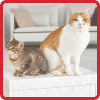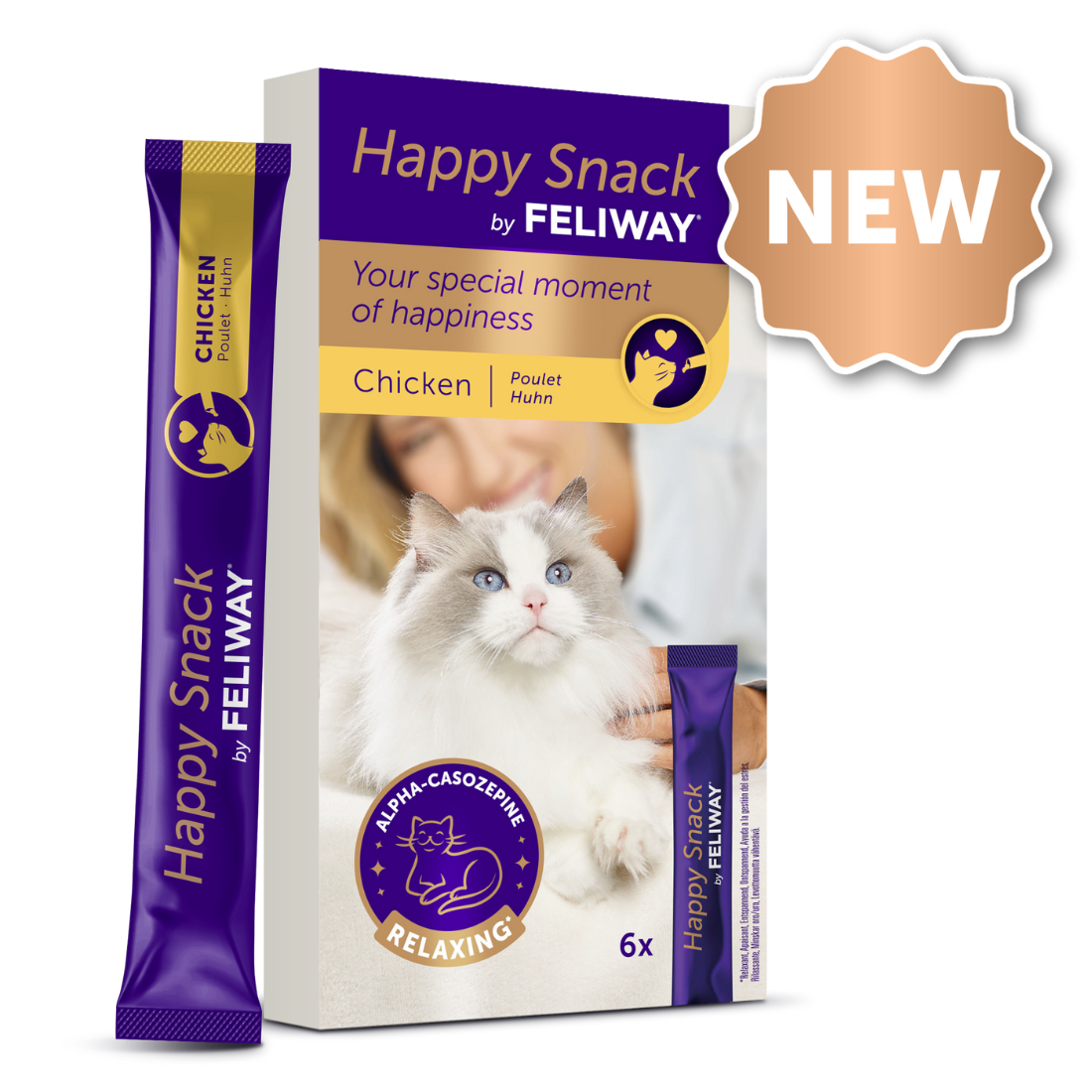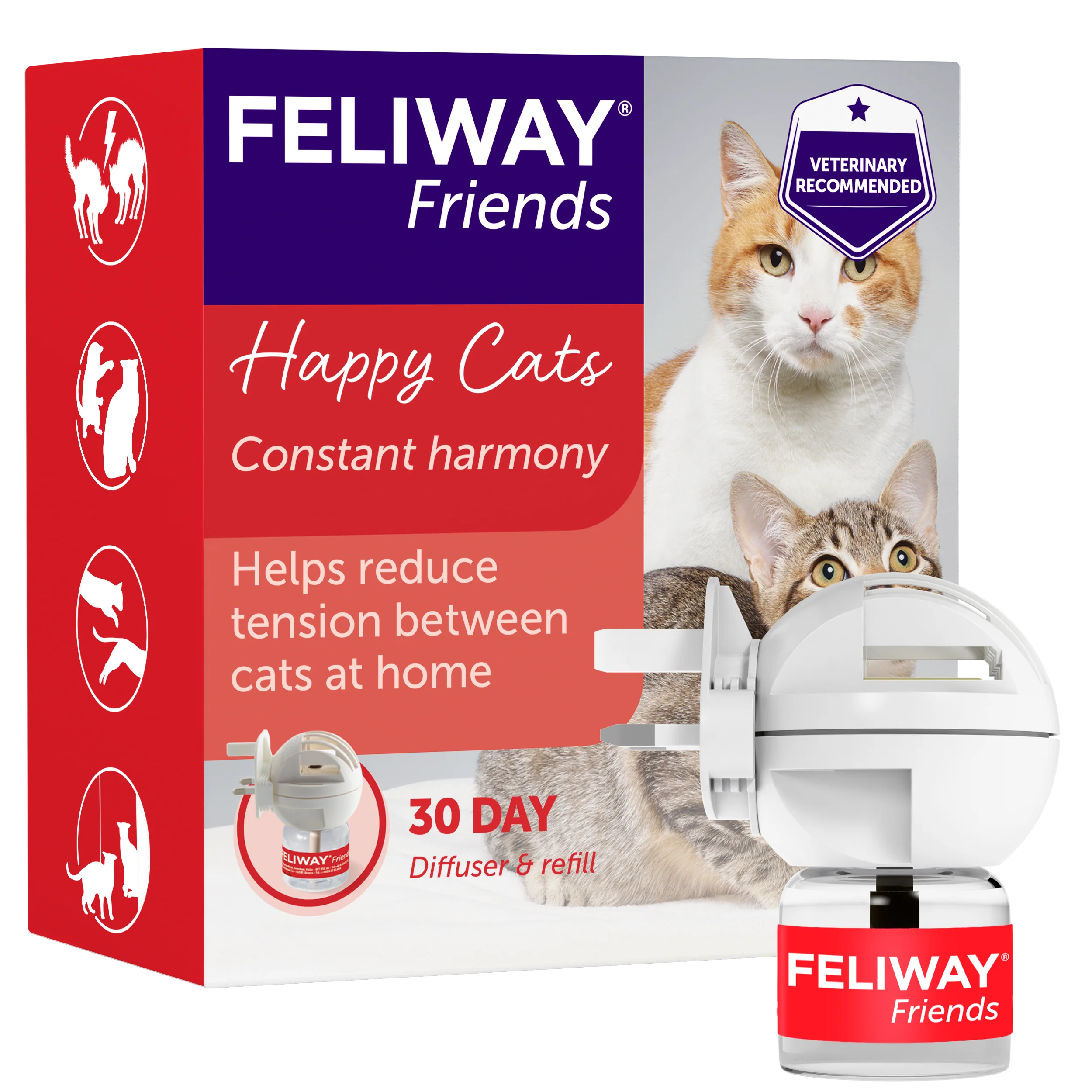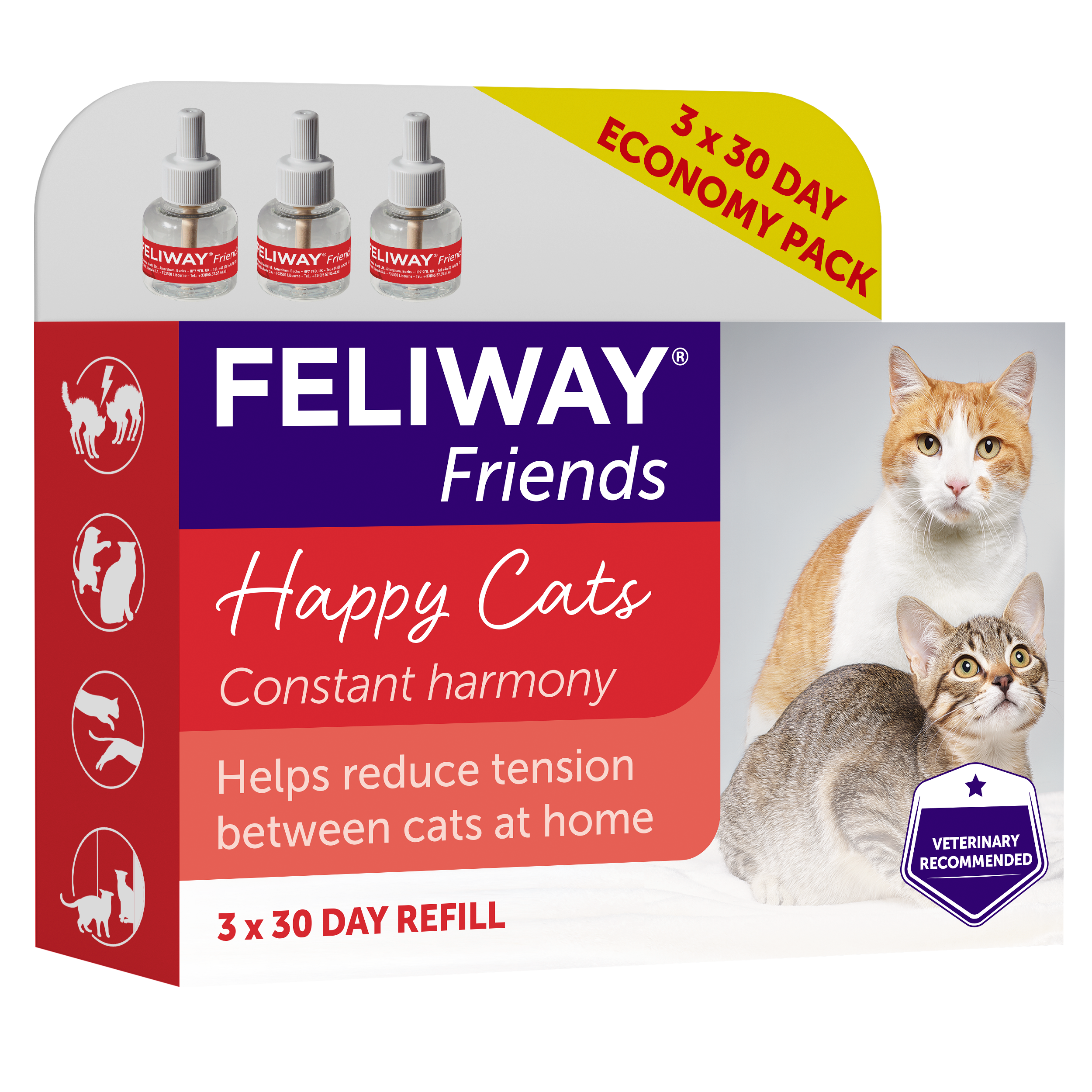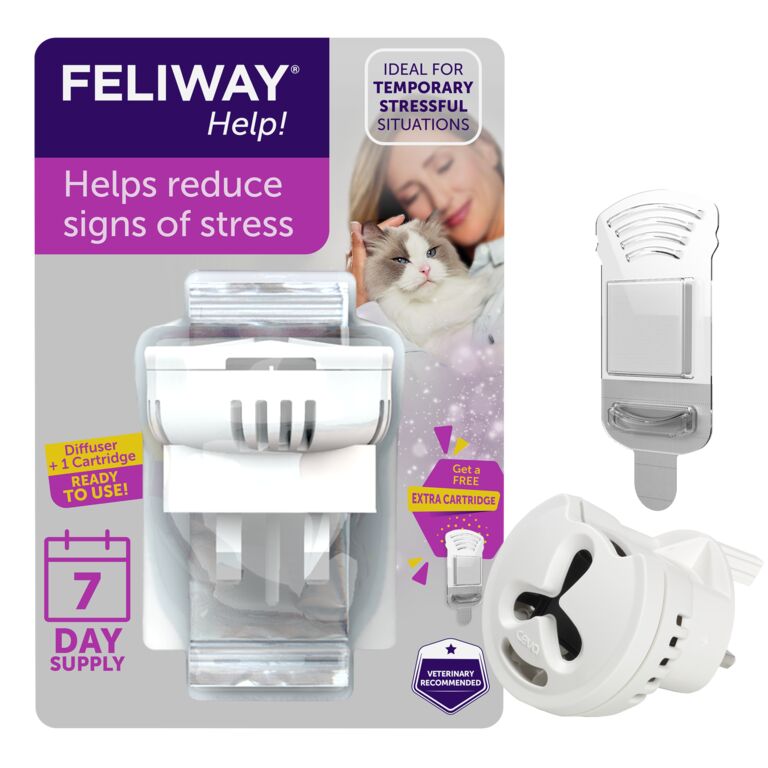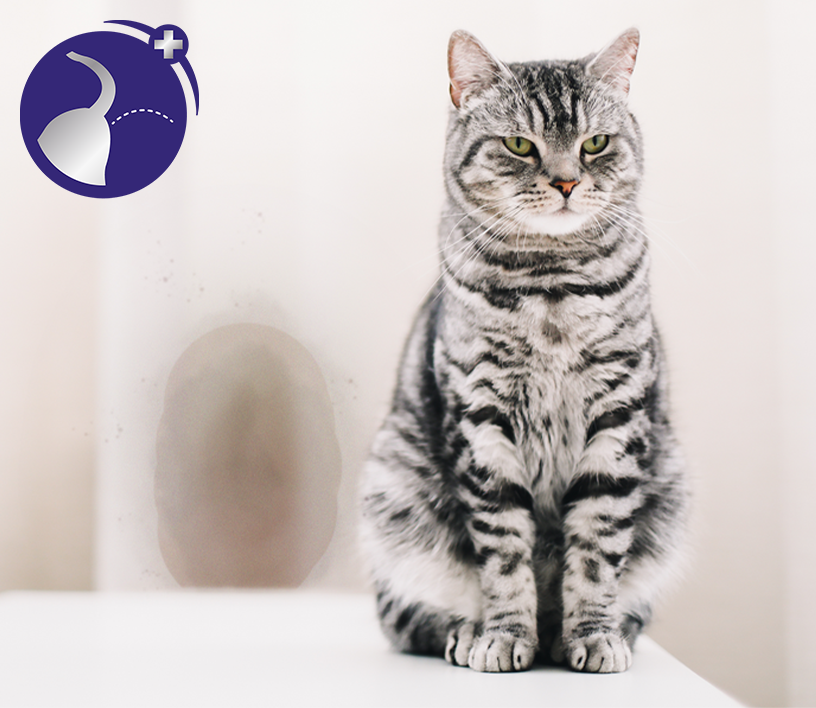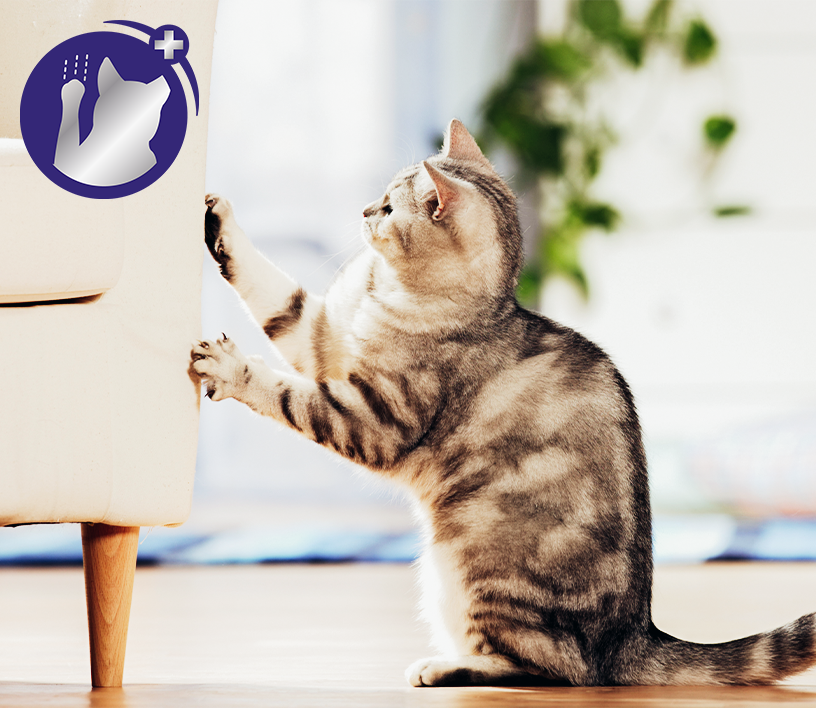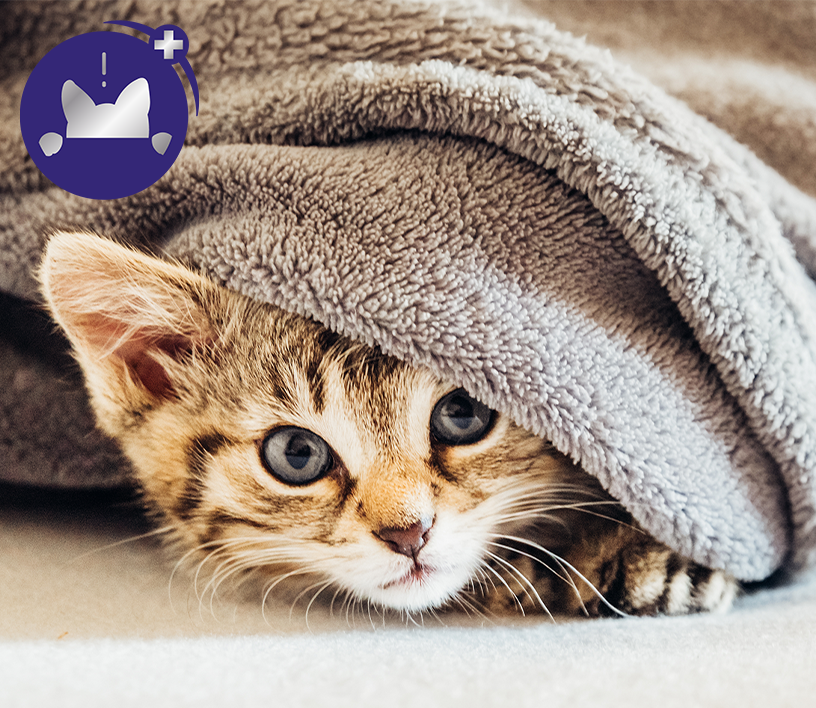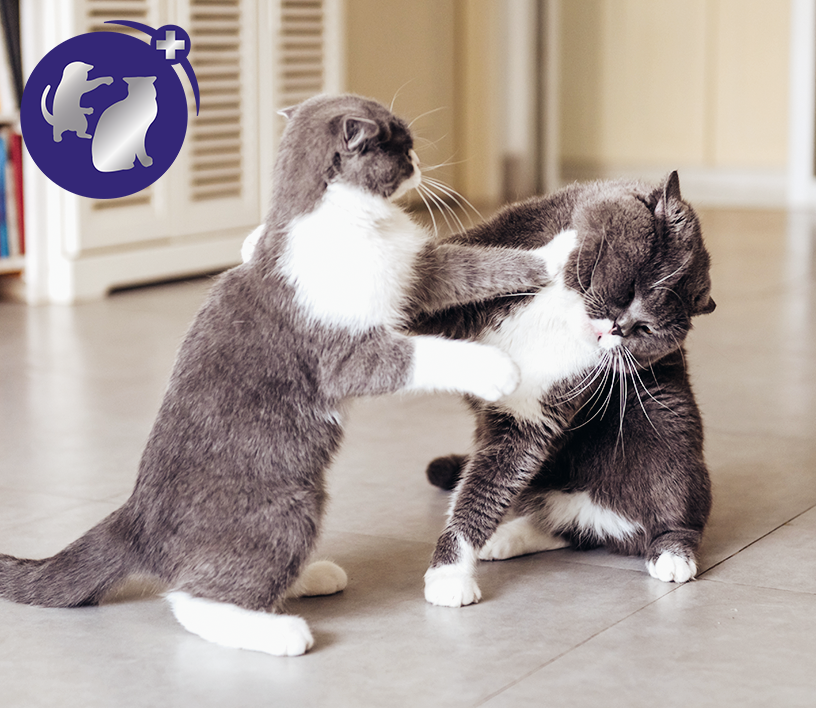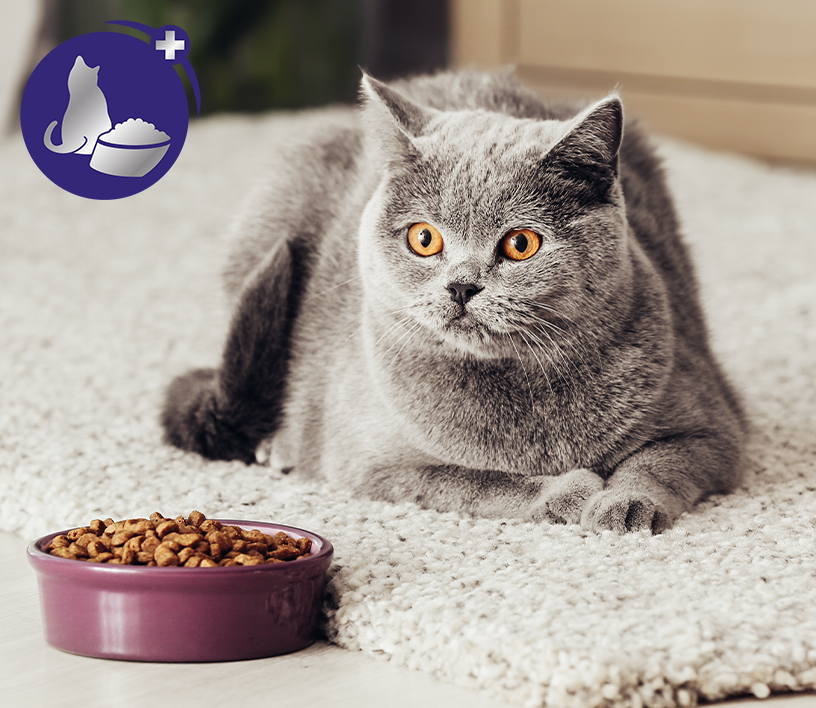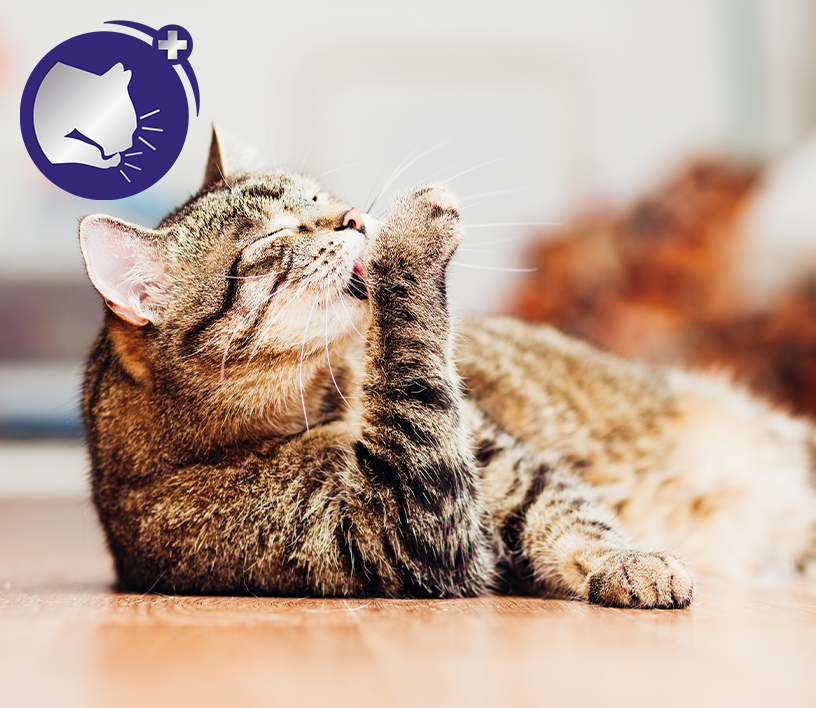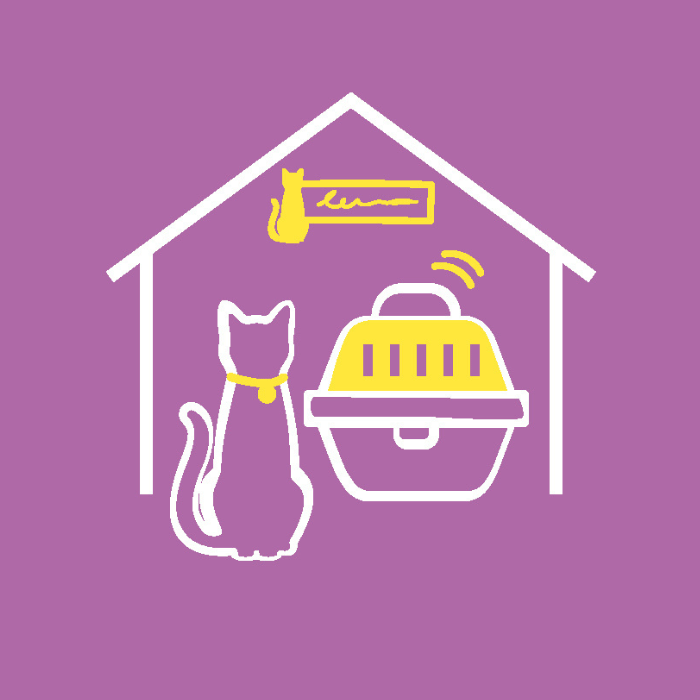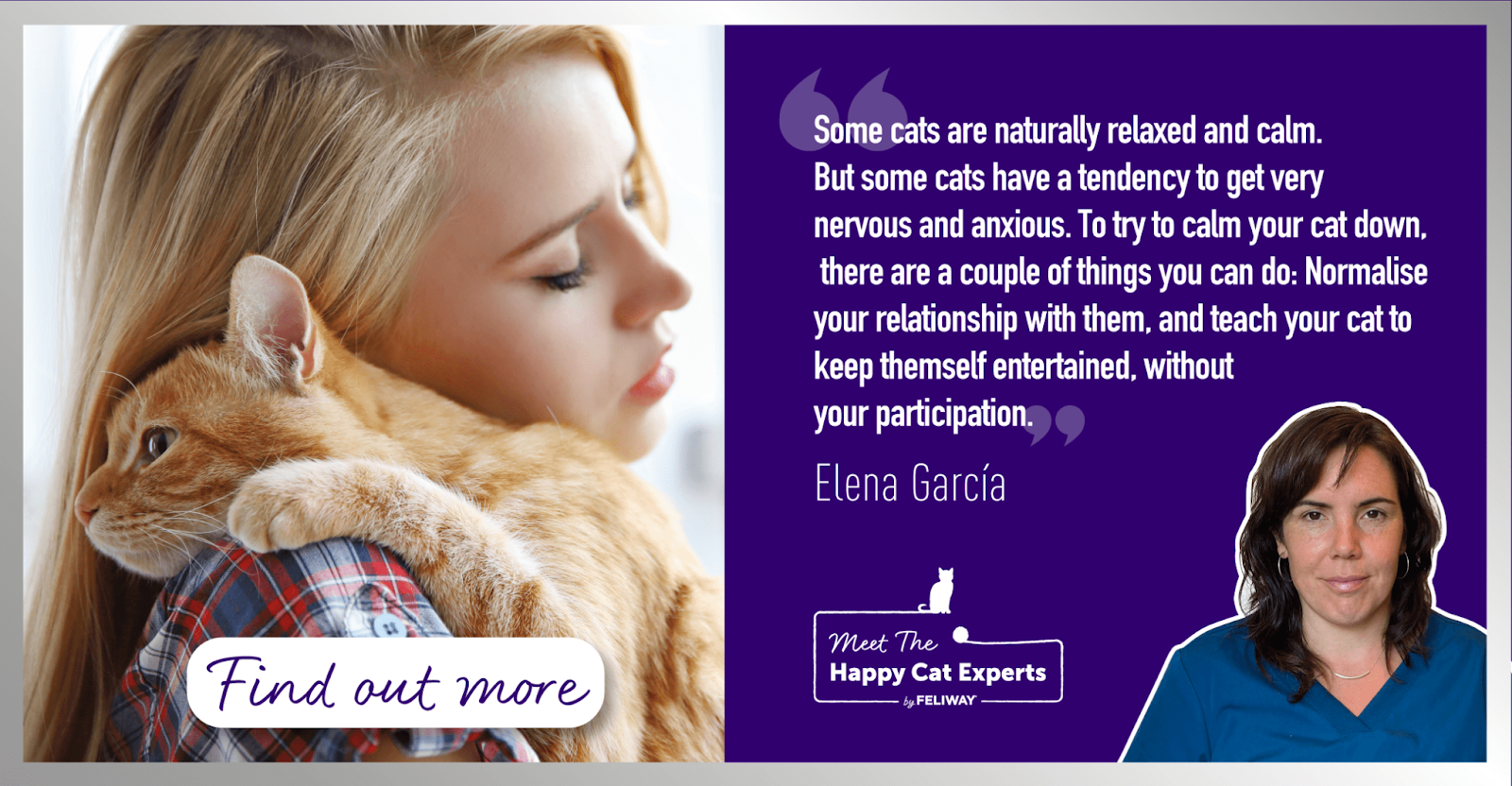
Best Way to Help a Nervous Cat: Happy Cat Expert Explains
How can I help my nervous cat? Tim's story: from concerned to confident!
Some cats are naturally relaxed and calm. But some cats have a tendency to get very nervous and anxious. In this article, we will look at the latter.
To try to calm your cat down, there are a couple of things you can do:
- Create a predictable relationship with your cat.
- Teach your cat to keep themselves entertained, without your participation.
To illustrate these points, let me introduce you to Tim.
Meet Tim, the nervous catI met Tim a few years ago when his family sought out help for his nervous demeanour and unruly behaviour.
Tim loved to play and do things; it didn't matter whether it was day or night, or whether his family were busy, he wanted to play all the time. But he hated playing alone, so at night, he would turn to unwanted behaviours.
He would jump on people while they slept, he would scratch doors if they were closed and would try to get out when someone opened the front door.
For the first hour I was with Tim to try and see how I could help his behaviour, he continued to bring me things, meow, get into my bag, steal my pens, stalk us as we moved around the house, and did not stop for one moment. There were all kinds of toys and special furniture for cats everywhere, I could not say he lacked anything material. And yet, it was clear that Tim was highly anxious.
Together with Clara, his owner, we developed a plan involving the following:
1. Testing different toys
We tested different kinds of toys to see which ones Tim liked best. There were lots around the house but he hardly paid any attention to them. We tried:
- Little aluminium foil balls
- Little paper balls
- Food dispensing toys
- Mice
- Mechanical mice
- Toys hanging from door knobs and from the wall
It turned out he loved the ones we hung, especially the retractable ones, so we put up a few for him to relieve his nervousness.
2. Enriching Tim's feeding time
Besides his usual bowl of food, we began to gradually hide very small portions of food (both kibble and canned food) around the house so that he had to look for it. Once he got used to looking for it, we removed his food bowl and feeding became a daily activity for him, especially when he was left alone.
3. Introduced playtime signals
We added a signal for when it was time for play with Clara. That is, we established rules for Tim to understand when it was okay to play with her and when it wasn't.
The signal consisted of Clara placing a chair in front of the TV set (a signal must always be unique, it must be something that only happens at the moment that you want to point out from the rest).
Then, Clara would play with him with a feather wand that he really liked. After a while, towards the end of the playtime session, Clara would reduce the intensity of the game and would allow Tim to catch the feather more often so that he could gradually calm down.
Once finished, Clara would tell Tim that playtime was over and she would put the chair back to its place. Clara spent 2-3 play sessions with Tim on a daily basis.
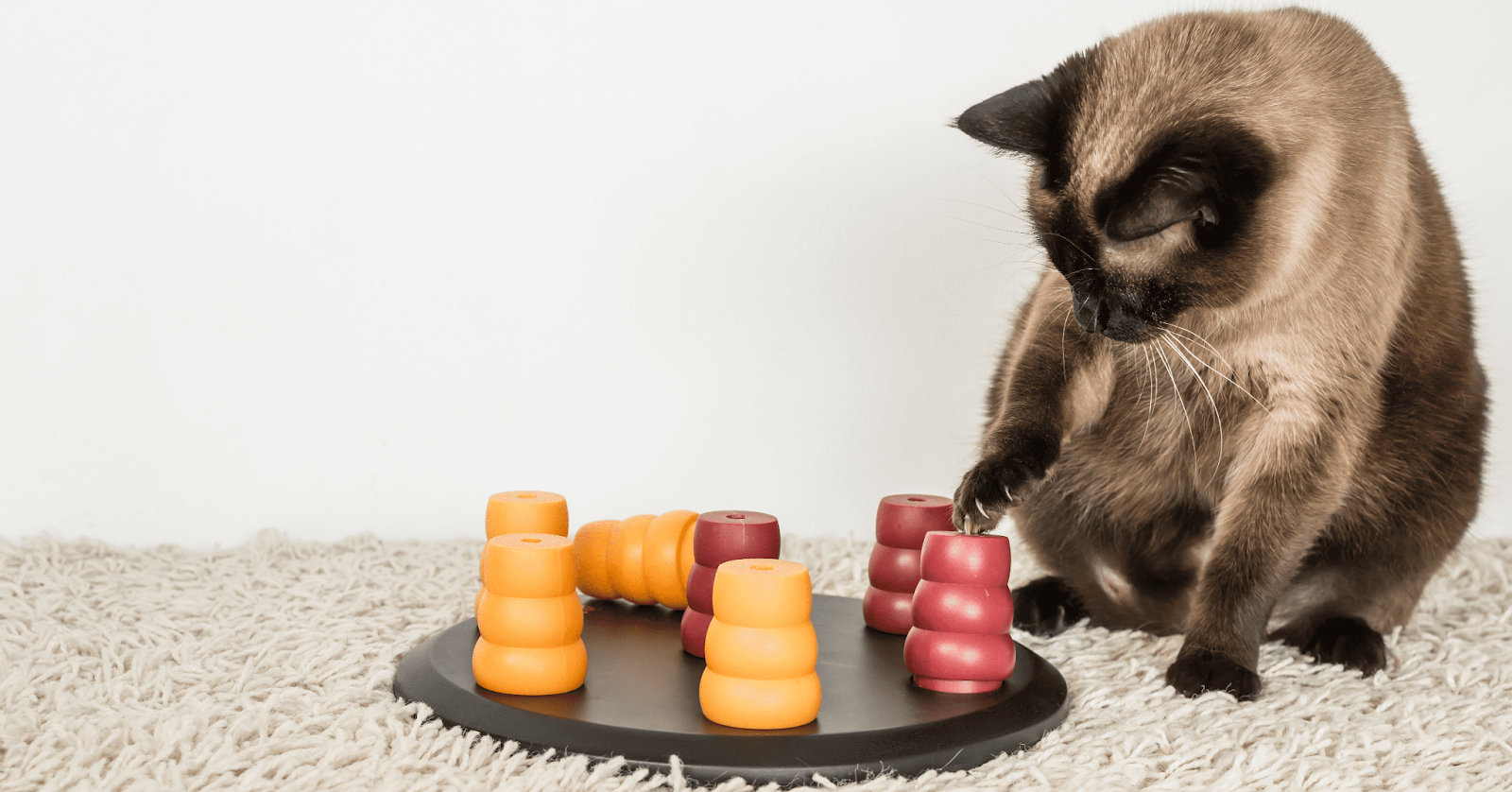
4. Asking for attention
We taught Tim to ask for attention in a polite way and to accept that sometimes he couldn't have any.
Often, the problem of very active cats that demand a lot of attention is not that they need a lot of attention but rather, that they cannot tolerate their frustration for not getting any, and so they resort to nervous or excitable behaviour.
In Tim's case, he would start by meowing whenever he wanted to play with Clara, who would play a little if she had the time. However, if she was busy and ignored him, he would then demand to play in a less polite way, usually biting Clara's ankles. She would then either get angry or feel sorry for Tim, and would play a little bit with him. But this was not enough for Tim, and he would continue demanding more playtime.
Frequently, Clara would get frustrated and leave, or she would shut Tim in a separate room so that she could finish her housework. But Tim would meow so loudly that she was worried about disturbing her neighbours, so she would go back and scold him or sometimes give him things to keep him distracted. Eventually the situation was untenable, with Clara unable to finish her work and Tim unable to calm down.
Setting some rules was the answer:
- If Tim demanded attention with a soft meowing and Clara was able and felt like giving it to him, she would play or pet him for a little bit or she would give him a little something to distract him or would simply talk to him.
- If Tim demanded attention with a soft meowing but Clara was unable to correspond or didn't feel like it, she would say “not now Tim” together with a visual signal such as crossing her arm. Whenever Clara made this signal, it meant that she was not available for a few minutes (minimum 5 minutes) no matter what Tim did.
As days went by, Tim understood the rule. It was difficult for him because he was not used to behaving this way, and truth be told, it was even a little difficult for Clara. Eventually, they both got used to it and started to understand each other much better.
This way, Tim was allowed to ask and Clara was able to choose whether to give him some attention or not. If at that moment she was not able to give him her attention, she was not worried knowing that during their daily playtime sessions Tim was getting the playtime he so much needed.
Rewarding calm behaviour
Tim got rewarded whenever he showed a calm attitude. Within Tim's capabilities, we selected and began to praise his calmer behaviour, so that he could learn that if he wanted attention it was much better to be calm than overly excitable or nervous. And little by little, he understood.
After a couple of weeks Clara and Tim were so much happier, they were able to understand each other and knew what the other needed.


